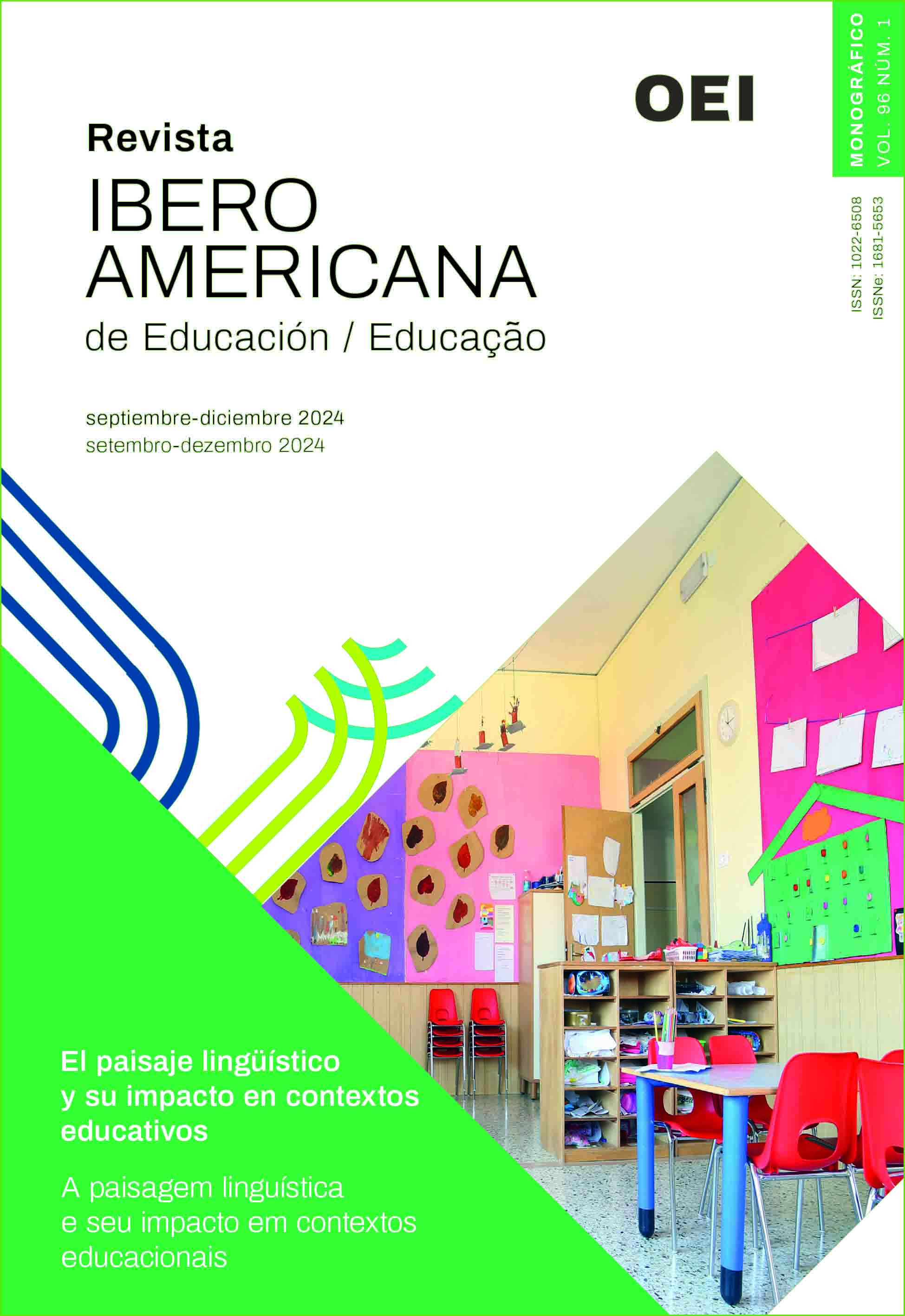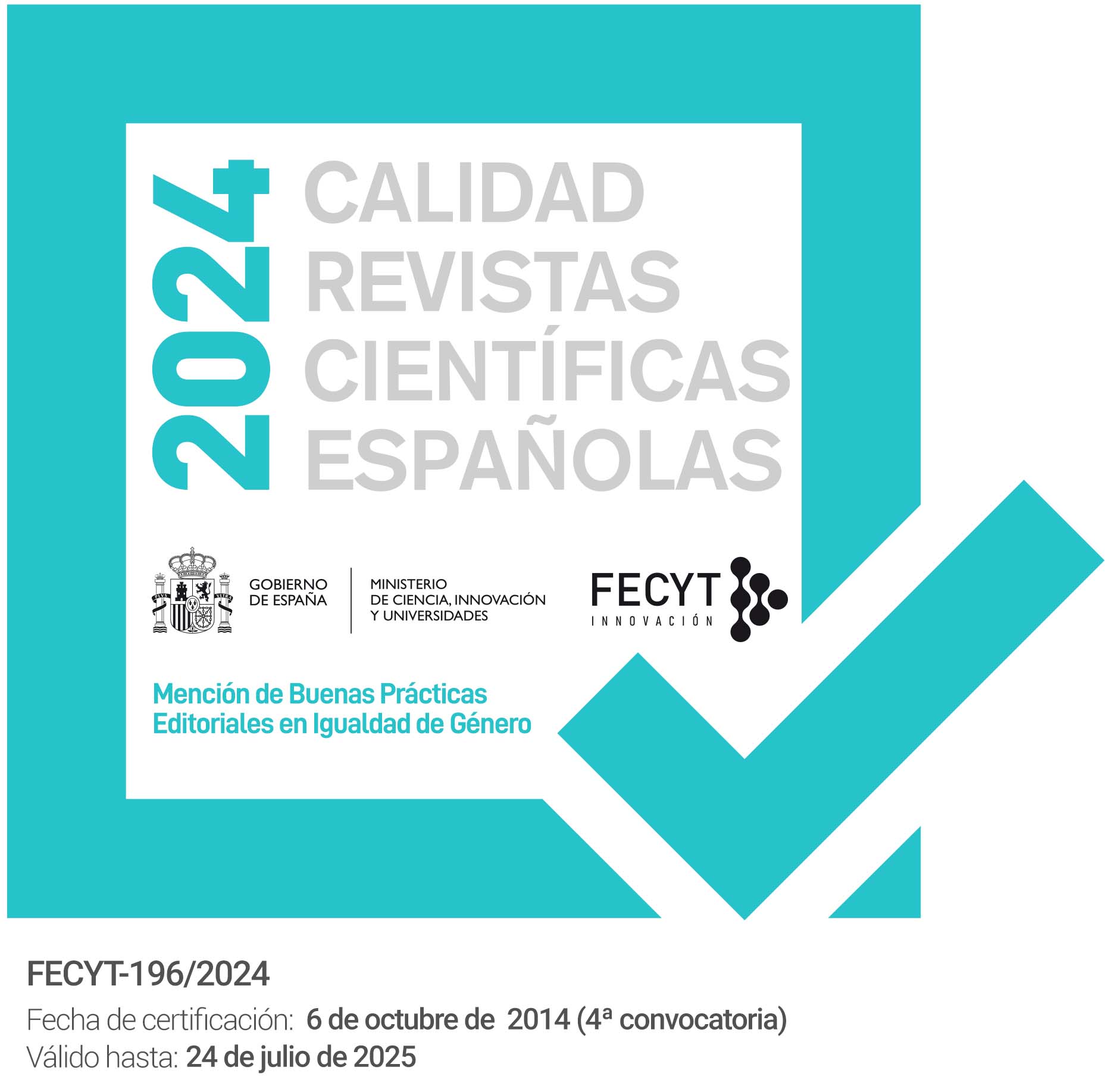The impact of the linguistic landscape on university and urban spaces in Brazil and Bolivia
DOI:
https://doi.org/10.35362/rie9616440Keywords:
ethnic representations, linguistic landscape, urban-university space, discrepancy in Latin AmericaAbstract
In this article we apply a Linguistic Landscape approach to explore university and urban spaces as the background to highlight discrepancies in ethnic integration and incorporation of differences in Brazil and Bolivia. We focus on two vibrant cities that attract talents interested in participating in their academic environments. In Brazil, we address ethnic protests that, in some spaces, are naturalized as student occupations, a regular and general right that resonates in university spaces as a symbolic but fleeting phase. In Bolivia, we highlight the outcome of past protests whose marks are still found on the urban and university landscape, although protests have been silenced with no significant changes in ethnically different conditions. We have done qualitative, descriptive research based on in loco photographs and various documents to collect records of how superdiversity of actions, attitudes, and movements has outlined results in São Paulo that have already been witnessed by La Paz. By comparing these spaces, we have placed emphasis on the discrepancy in advances in the major large cities of these two Latin American countries. The analysis of images that populate university and human spaces allowed us to identify the different attitudes and strategies used by ethnic groups to claim their rights. This is an element that should ultimately be assimilated by Linguistic Landscape scientific methodology.
Downloads
References
Costa, F. R. (2014). Memória Histórica da Capitania de São Paulo: edição e estudo. São Paulo: Arquivo Público do Estado de São Paulo.
CPE (2010). Constitución Política del Estado. Bolívia. https://oas.org/dil/esp/constitucion_bolivia.pdf
Cuiza, P. (2016). Dos de las 36 lenguas nativas en Bolivia están extintas; en el resto hay vulnerabilidad. La Razón. https://go.oei.int/znp6jime
Dias, H. (2023). Comunidade Usp: Somos mais de 120 mil pessoas. Jornal da USP. Universidade de São Paulo. https://go.oei.int/ln6xtxmc.
Franco, G., & Afonso, L. (2024). Cotas na Fuvest. https://go.oei.int/1bthgjqu.
Gorter, D., & Cenoz, J. (Orgs.). (2024). A panorama of linguistic landscape studies. Multilingual Matters. https://doi.org/10.21832/9781800417151 DOI: https://doi.org/10.21832/9781800417151
IBGE (2023). Instituto Brasileiro de Geografia e Estatística. Cidades e Estados. «São Paulo». https://go.oei.int/pir1tsom.
INE (2012). Instituto Nacional de Estadística. Disponível em: https://www.ine.es/
Isaac, P. A. M. (2004). Drama da educação escolar indígena Bóe-bororo. EdUFMT.
Layme, T. (2011). Trilingüismo en regiones andinas de Bolivia. Plural Editores.
Lima-Hernandes, M. C. (2009). Trajetória da elite acadêmica na cidade de São Paulo. In: Ataliba. T. de Castilho (Org.). História do português paulista (pp. 173-184). UNICAMP/Publicações IEL.
Lima-Hernandes, M. C., & Carvalhinhos, P. J. (2020). Um primeiro retrato sociolinguístico: um clique nos habitantes da cidade de São Paulo. In Linguagem, cognição e interações (pp. 54-85). FFLCH/USP.
Melo-Pfeifer, S., & Lima-Hernandes, M. C. (2020). Paisagens linguísticas. [Apresentação]: ideologias, discursos e práticas multilíngues nos espaços sociais. Domínios de Lingu@gem. https://doi.org/10.14393/DL44-v14n4a2020-1. DOI: https://doi.org/10.14393/DL44-v14n4a2020-1
O Globo (2024). De LGBT a LGBTQIA PN +: por que a sigla mudou e o que significa cada letra?, de 28/06/2024. https://go.oei.int/fsmsszsk.
Oliveira, A. K. M. & Lima-Hernandes, M. C. (2010). História sociolinguística do português de São Paulo: primeira metade do século XX. In: Língua portuguesa: ultrapassar fronteiras, juntar culturas (Vol. 1, pp. 1-12). Universidade de Évora.
Sampaio, O. S. (2007). Eduardo Galvão – índios e caboclos. Annablume.
Silva, R.T., Lima-Hernandes, M.C., & Santiago-Almeida, M.M. (2012). Redes sociais e atitudes linguísticas: o caipirês no meio acadêmico. In História do português caipira (Vol. 3, pp. 485-497). IEL-UNICAMP/FAPESP.
Tamburini, L. (2013). Bolivia Censo 2012: Algunas claves para entender la variable indígena. Red Internacional de Estudios Culturales. https://go.oei.int/chuye1v8
Vertovec, S. (2007). Super-diversity and its implications. Ethnic and Racial Studies, 30(6), 1024-1054. https://doi.org/10.1080/01419870701599465 DOI: https://doi.org/10.1080/01419870701599465
How to Cite
Published
Issue
Section
License
Copyright (c) 2024 Iberoamerican Journal of Education

This work is licensed under a Creative Commons Attribution 4.0 International License.
Any authors who publish with this journal accept the following terms:















